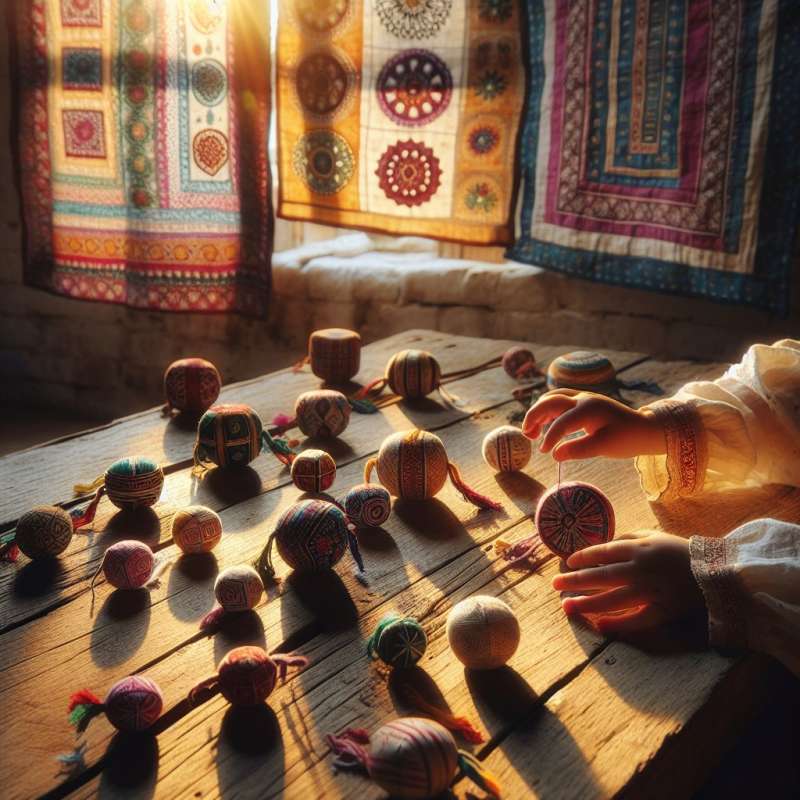
Patterned Fabric Origins
Early children's toys often mimicked familial patterns, serving as a comforting and familiar presence. Patterns were initially hand-painted or stitched, reflecting cultural and family traditions.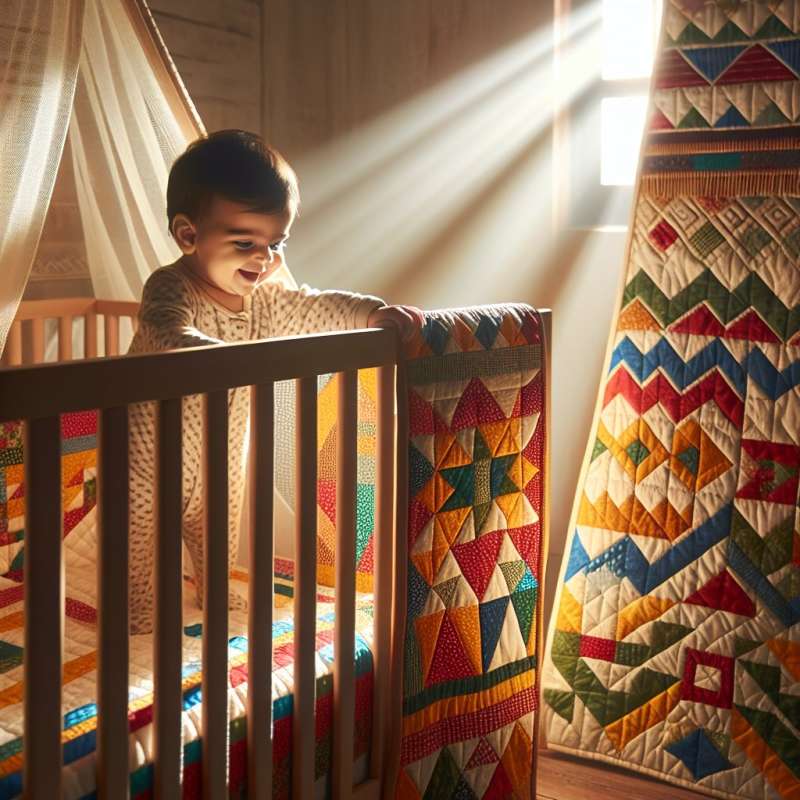
Sensory Stimulation Importance
Patterns in fabric stimulate children's visual and tactile senses, crucial for their cognitive development. High contrast and colorful designs can engage attention and promote visual tracking skills.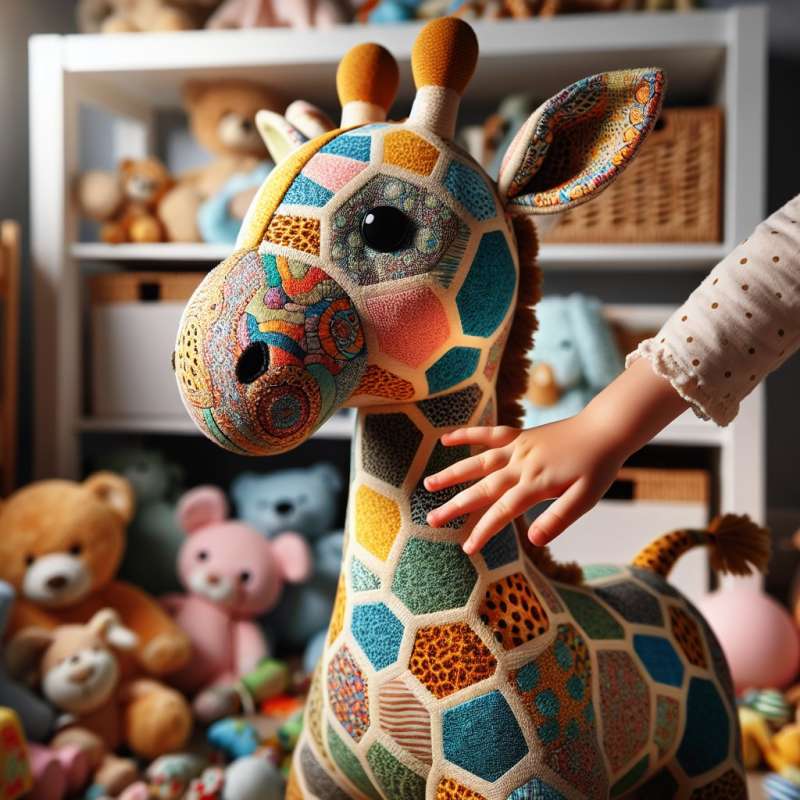
Camouflaging Stains
Practically, patterns help hide stains and wear on toys, making them look cleaner and maintain their appearance longer. This is particularly beneficial for cherished toys that undergo frequent use.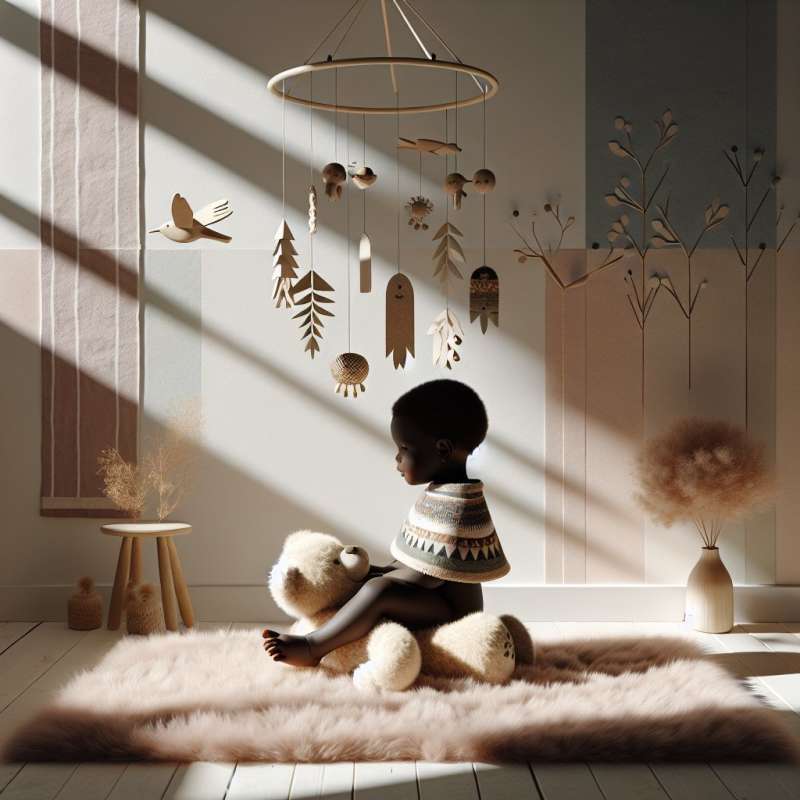
Aesthetic & Emotional Connection
Designers choose patterns that provoke joy and interest. Familiar shapes, like animals or nature, can evoke emotional bonding and a sense of security in young children.
Cultural Significance
Patterns can be a medium to introduce children to different cultures and histories. They often include elements that are symbolic or hold meaning within a cultural context.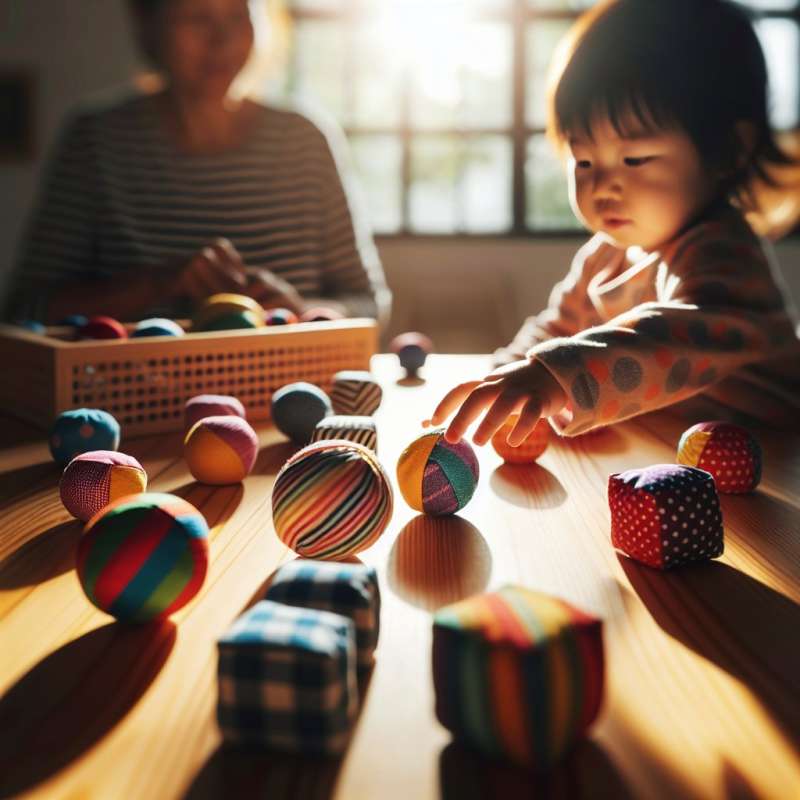
Educational Tool
Toys with patterned fabric can serve as educational tools, teaching children about patterns, sequences, and even early math concepts like counting and sorting by colors or shapes.
Safety Considerations
Modern safety regulations ensure that patterns are printed with non-toxic dyes. This is crucial because children frequently put toys in their mouths, making the safety of materials paramount.
What reflected family traditions?
Early toy designs
Hand-painted patterns
Modern safety regulations
Company